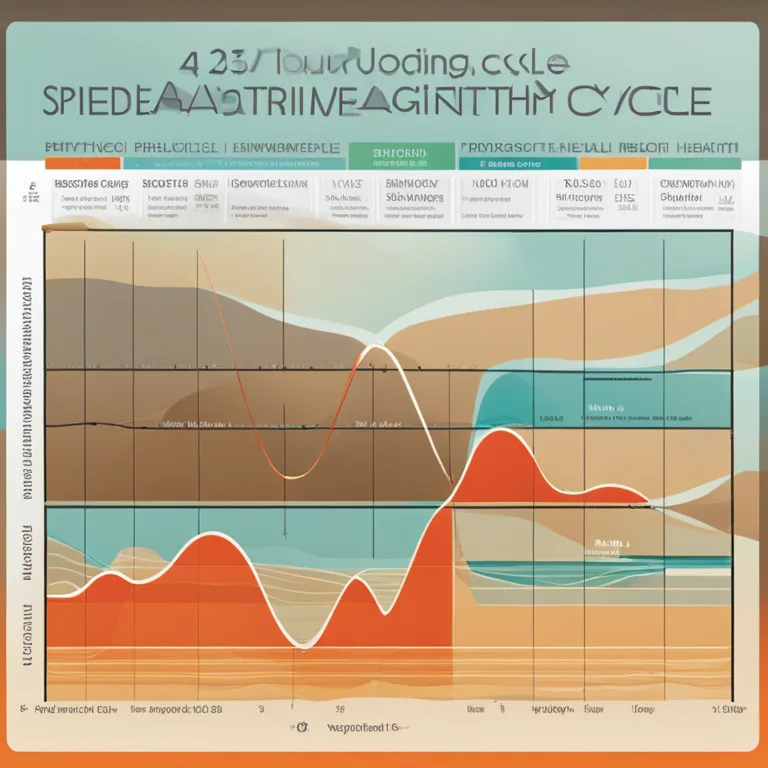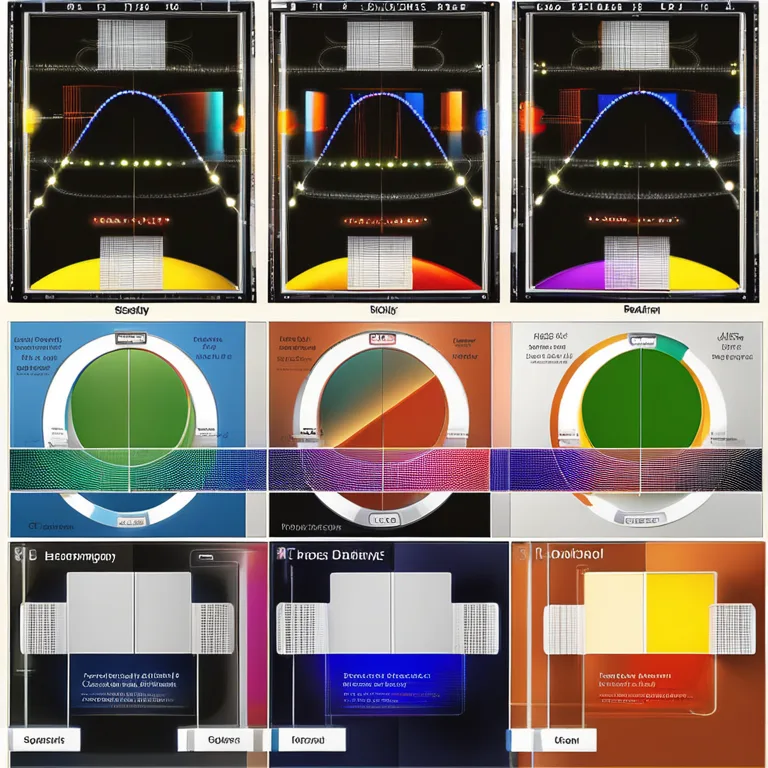
The Essence of Biorhythms: Biological Cycles Defined
Delve into the intricacies of biorhythms to uncover their influence on physical, emotional, and intellectual states. Discover examples illustrating their impact on daily life.
article by Adrian Wallace
Introduction to Biorhythms
Biorhythms are theoretical cycles that purportedly affect various aspects of human physiology and behavior. The concept originated in the late 19th century, but it garnered more attention in the 20th century as people sought to understand the potential impact of rhythmic cycles on their lives. Essentially, biorhythms are based on the idea that our lives are influenced by biological patterns, which can predict times of strength, weakness, and transition in various areas of our existence. These patterns are often segmented into physical, emotional, and intellectual cycles, each with its own distinct duration and characteristics.

Physical Biorhythm Cycle
The physical biorhythm cycle lasts for 23 days and is thought to influence our stamina, strength, and overall vitality. When the physical cycle is in the positive phase, individuals may experience heightened endurance and robust health. Conversely, during the negative phase, there may be a susceptibility to physical challenges and decreased energy levels. This cycle influences not only athletes who wish to optimize their performance but also anyone interested in maintaining a healthy lifestyle.

Emotional Biorhythm Cycle
Spanning a 28-day period, the emotional biorhythm cycle is believed to affect mood, creativity, and emotional stability. During the high phase of this cycle, individuals could feel more upbeat, sociable, and emotionally resilient. In contrast, the low phase may bring about feelings of emotional vulnerability and a tendency toward mood swings. Awareness of this cycle's phases could be a tool for individuals to better navigate their emotional well-being.

Intellectual Biorhythm Cycle
The intellectual biorhythm completes its cycle in 33 days and is associated with cognitive functions such as analysis, logic, and memory. When it peaks, people may find that they are more sharp-witted, focused, and capable of complex problem-solving. During a downswing, it might be harder to concentrate or think as clearly. Those who work in intellectually demanding fields or students facing exams may take an interest in tracking this biorhythm cycle.

Calculating and Using Biorhythms
To make practical use of biorhythms, it is essential to calculate one's personal cycles based on their birth date. There are now sophisticated software and mobile applications available that can help users chart their biorhythm patterns. By taking these patterns into account, individuals may attempt to align significant activities with the favorable phases of their cycles. From planning a competitive event or scheduling an exam to choosing a date for a stressful meeting, people utilize these personal biological rhythms in hopes of optimizing outcomes.
Critical Days and Adaptation
It is crucial to note what are known as 'critical days' in the study of biorhythms. These are transition points when a cycle shifts from high to low or vice versa, signaling a time of potential instability and requiring greater caution. While the science behind biorhythms remains controversial and lacks empirical support, many individuals report personal benefits from observing their cycles and adjusting their activities accordingly. As with any holistic approach, individual experiences and beliefs greatly influence the perceived effectiveness of biorhythms.
Contemporary Perspectives and Future Directions
Despite skepticism from the scientific community, interest in biorhythms persists, with ongoing research exploring the relationship between biological rhythms and lifestyle management. As we advance into 2024 and beyond, the intersection of technology, wellness, and personalized health data may provide new insights and tools for understanding and utilizing biorhythms. Whether for personal curiosity or practical application, the analysis of these cycles continues to be a topic of fascination and exploration for many.
Published: 12/28/2023
Modified: 12/28/2023
More predictions
Come back here soon to learn more about yourself and your future


The Practical Uses of Biorhythms in Our Lives
Discover how biorhythms can be applied to improve well-being and achieve a better understanding of personal cycles in health, decision-making, and relationships.


The Core of Biorhythm Theory
Delve into the core of biorhythm theory, a concept that suggests our daily lives are influenced by natural physiological cycles.


The Mechanics of Biorhythms: A Comprehensive Guide
Discover how biorhythms influence your daily life with this detailed guide to the rhythms that govern our physical, emotional, and intellectual states.